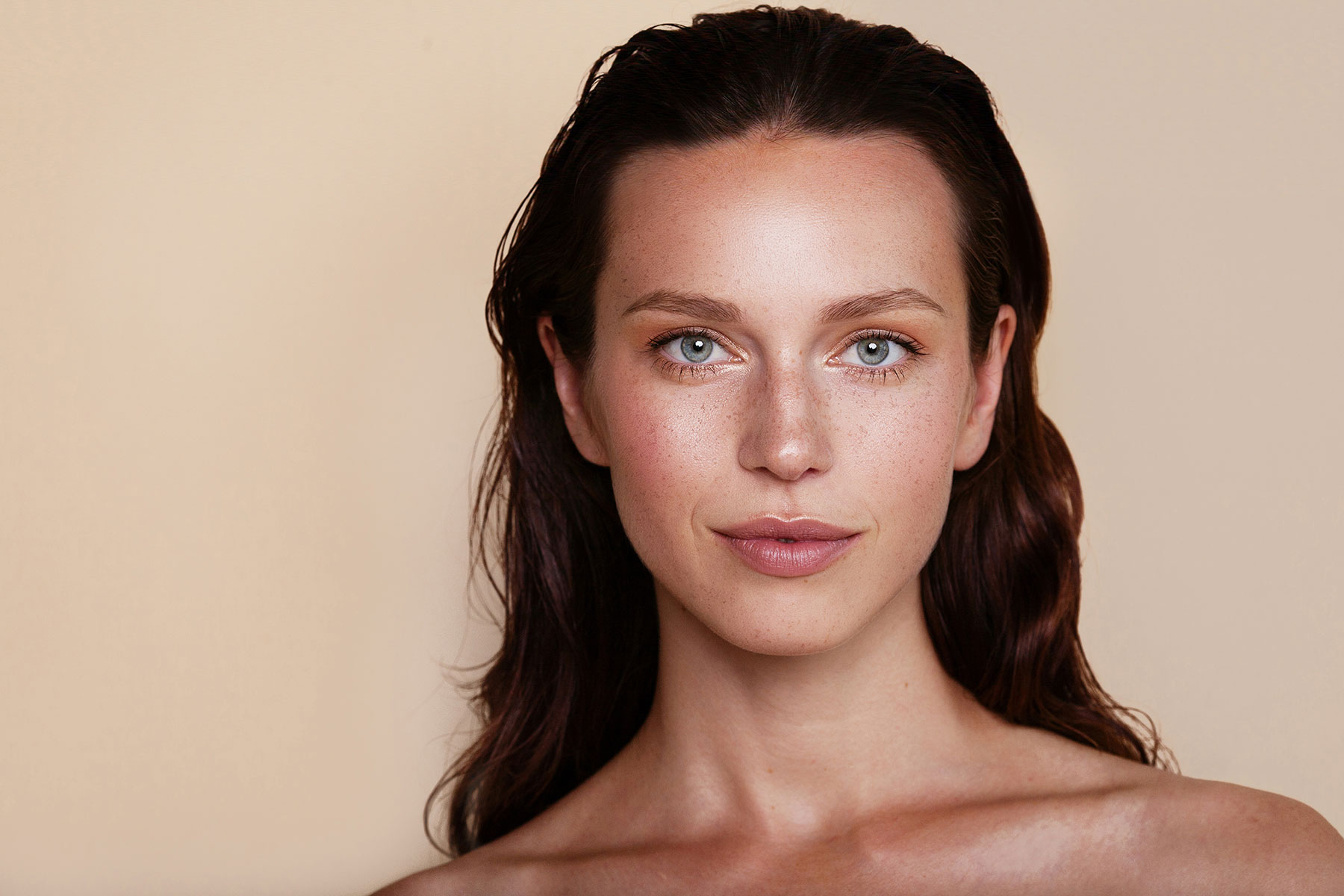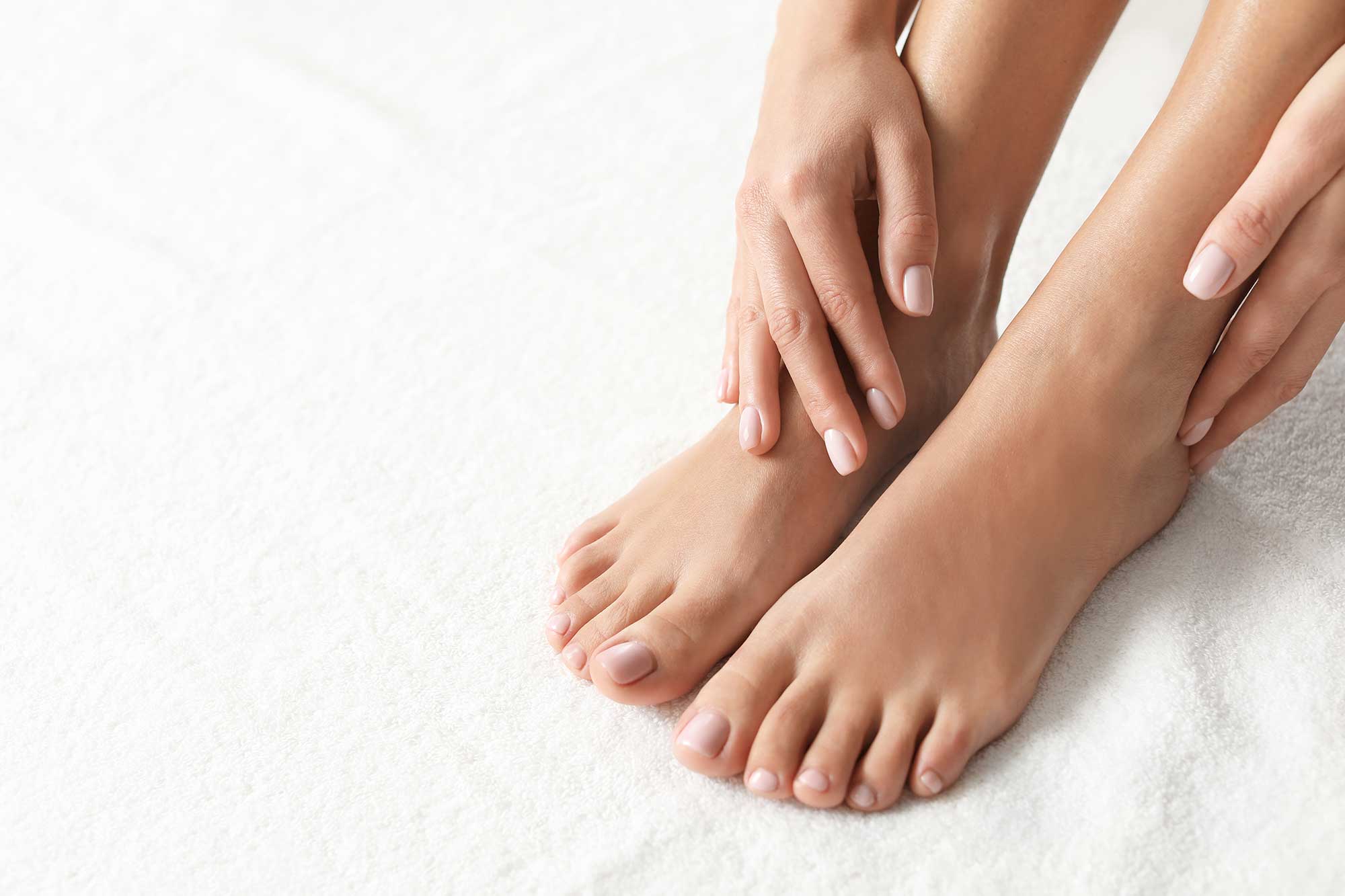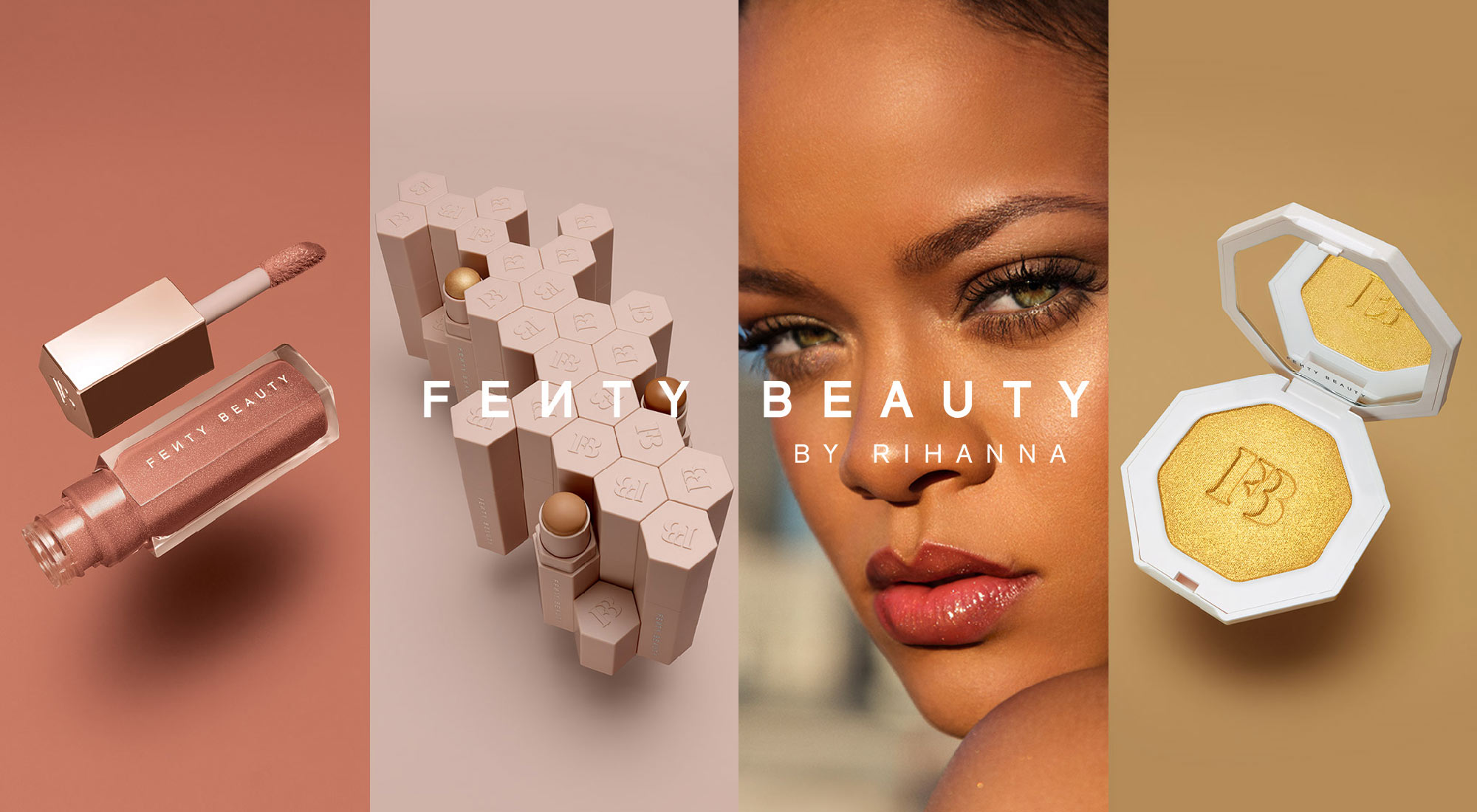It feels like the world is only just getting to grips with what beauty means in the modern era. Most educated people are now of the opinion that beauty is culturally-specific within some boundaries, as well as something conferred by biology. We like people with healthy bodies, symmetrical faces and good skin tone because they are all indicators of physical fitness while at the same time using social cues to inform beauty standards. By and large, the task of cosmetics is to mimic the biological and cultural ideal.
But how we perceive beauty might be about to change again, this time because of technology, not culture. In our culture today, beauty is often considered “that which is difficult to achieve.” If a person is slim, has good skin tone, and wears expensive, designer clothes, they’re often labelled beautiful. In today’s food environment, it’s hard to stay slim. Pollution and unhealthy food make having good skin tone a challenge. And economic circumstances mean that the majority of people can’t afford highly desirable clothes. Being beautiful, therefore, can be tough and something that requires considerable striving to achieve, especially past the age of 30.
The notion of beauty will change again, however, if technology is involved. While the world worries about Donald Trump, China, and the environment, a secret revolution has been going on in biology. Scientists have advanced their ability to manipulate the underlying code of life so substantially that it’s now technically possible to insert new genes into a person to change the way that they look. Granted, much of the research so far has been on Drosophila fruit flies, but we have a proof of concept that can’t be ignored.
Ethical issues aside, it’s interesting to think about what this brave new world of genetically-enhanced beauty will be like. It’s unrealistic to believe that people will be satisfied with confining semi-magical tools like CRISPR to the medical realm. People will want to change their DNA to make their necks longer, skin firmer, and hair fuller. It’s human nature to want to use the available tools to enhance beauty. It’s just that this time around, the tools are fabulously powerful and have potentially unlimited efficacy.
What Is Post-Naturalism?
In many ways, we already live in a post-natural world. Over the millennia, humans have selectively bred plants and animals to conform to their needs. Broccoli departs considerably from its wild counterpart. So too do dogs. Natural doesn’t necessarily mean “good.”
But as technology accelerates our capacity to manipulate the world around us, and our own bodies, the way we look will likely depart historical norms. There could be as much variety in the human form as there are in species of dogs today, all driven by an individual’s aesthetic preferences. Physical features, like a long neck, could become the tattoos of tomorrow. People could literally sculpt their bodies using new genetic information inserted into stem cells.
The potential for this technology is probably even higher in the unborn. Whereas there are reasonable limits on how much an existing body can change in response to new genetic information, there may be no bounds whatsoever on the type of changes you could make to an unborn child. The way they appear could be programmed using the gene editing and writing tools. Parents could choose both the name of their child and their final appearance.
Genetically Enhanced Appearance: Would You Try It?
Many people already undergo cosmetic surgery to improve their appearance. It’s a radical intervention which fundamentally tries to alter the expression of genetic information. A person’s genome might code for a big nose or thin lips – two things which may not conform to standards of beauty. And so they may undergo a procedure that changes the way they look in a way that seems as if they have desirable genetic information coding for their form. What the biotech revolution does is skip the surgical intervention and go direct to the source code. If a person doesn’t want a big nose, they could use gene-editing technologies to change it.
We’re uncomfortable with changing the coding that makes up our bodies, especially in pursuit of beauty. There’s a belief that we should accept our lot in life and learn to live with it. But if beauty becomes as malleable as, say, weight, then it could be a great equalizer. Think of it: imagine if the price of gene editing continues to fall at the rate that it has for the last ten years. If people can cheaply and quickly change their genetic expression to become the best possible version of themselves, then beauty may cease to be something rare at all. Beautiful people will no longer be elite in the way that they are right now. And all of the advantages that they enjoy in life could disappear. Striving for beauty might not be the challenge that it is today.
It’s a brave new world, and hard to understand from today’s perspective. The idea that you could undergo a medical procedure at the cellular level that would transform you into Kate Moss seems pretty far-fetched to many. But all that it requires is that current biotech continues to fall in price and increase in potency, as it has been doing for the last twenty years. There’s no reason why that shouldn’t happen.
There’s also no reason to believe that these technologies will be regulated out of existence. They’re just too valuable, both to the elites who are desperate to escape death and to regulators who understand the importance of gene editing to public health.
Technologically-Enhanced Beauty Could Lead To Some Crazy Outcomes
Last but not least, it’s worth pointing out just how crazy things could get if people are free to experiment with their biology. Enhancing one’s genes for thicker hair or plumper skin is in the realm of normality. But biology is so diverse that humans could be programmed in all kinds of ways. Imagine a person infused with plant DNA to photosynthesis all the food they need from sunlight. In the post-natural age, you could have green people walking around like beautiful versions of the Hulk.












